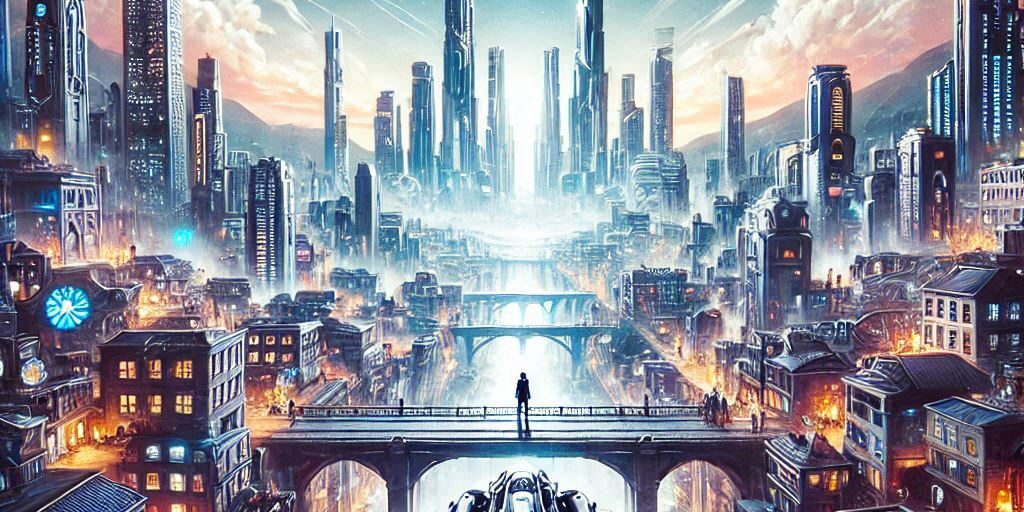Upgrading or installing a new graphics card is an exciting step towards improving your gaming or work experience. But what happens when your monitor shows no display after the installation? This frustrating issue can stem from various causes, including compatibility problems, incorrect connections, or driver issues.
In this guide, we’ll walk you through the most common reasons for no display issues after installing a graphics card and provide actionable solutions. By the end, you’ll be equipped with the knowledge to get your system up and running again.
Understanding the Problem
No display issues after installing a graphics card are surprisingly common. They often occur due to:
- Incorrect installation.
- Compatibility issues between the GPU and the motherboard.
- Insufficient power or faulty connections.
- Driver conflicts or outdated BIOS settings.
By systematically diagnosing the problem, you can narrow down the cause and apply the correct fix.
Pre-Installation Checks
1. Verify GPU Compatibility
Before installing your graphics card, ensure it is compatible with your:
- Motherboard: Check the PCIe slot type and version.
- Power Supply Unit (PSU): Confirm that the PSU meets the wattage requirements of your GPU.
- Case Dimensions: Ensure the card fits within your PC case without obstructing other components.
2. Ensure Adequate Power Supply
Modern GPUs often require significant power. Check:
- PSU Wattage: Your PSU should exceed the recommended wattage for your GPU.
- Power Connectors: Verify that the PSU has the necessary 6-pin or 8-pin connectors.
Step-by-Step Troubleshooting Guide
1. Check Physical Connections
- Secure GPU Installation: Ensure the card is fully seated in the PCIe slot.
- Monitor Cable Connection: Connect the monitor to the GPU’s output port (HDMI, DisplayPort, etc.).
2. Verify Power Connections
- Confirm the 6-pin or 8-pin power cables are securely connected to the GPU.
- Test the PSU with a power supply tester to rule out faults.
3. Test the Monitor and Cables
- Use a different monitor or cable to confirm they’re not faulty.
- Ensure the monitor is set to the correct input source (HDMI, DisplayPort, etc.).
BIOS and Software Fixes
1. Update BIOS
An outdated BIOS can cause compatibility issues.
- Visit the motherboard manufacturer’s website to download the latest BIOS version.
- Follow the instructions for updating your BIOS carefully.
2. Configure BIOS Settings
- Enable PCIe Slot: Some motherboards require manual enabling of the PCIe slot.
- Disable Integrated Graphics: If your CPU has an integrated GPU, disable it in the BIOS to force the system to use the dedicated GPU.
3. Install or Update GPU Drivers
- Boot into Safe Mode using the integrated graphics or a backup GPU.
- Download and install the latest drivers from the GPU manufacturer’s website.
Advanced Troubleshooting
1. Test with a Different PC
Install the graphics card in another compatible PC to determine if the issue lies with the GPU or your system.
2. Inspect for Hardware Damage
- Look for physical damage on the graphics card, PCIe slot, or power connectors.
- Check for bent pins or loose components.
Common Mistakes to Avoid
- Skipping BIOS Updates: An outdated BIOS is a frequent culprit for GPU issues.
- Using Wrong Power Connectors: Double-check that your GPU’s connectors match your PSU cables.
- Improper Handling: Always use an anti-static wristband to avoid damaging components with static electricity.
Conclusion and Call to Action
Resolving no display issues after installing a graphics card can be challenging, but with the right approach, most problems can be fixed quickly. Remember to check for compatibility, secure connections, and ensure your software is up-to-date.
If you’re still experiencing issues, don’t hesitate to reach out for professional assistance. At Perth Computer Experts, we specialise in diagnosing and fixing PC hardware problems. Contact us today to ensure your system is running at its best.




